|
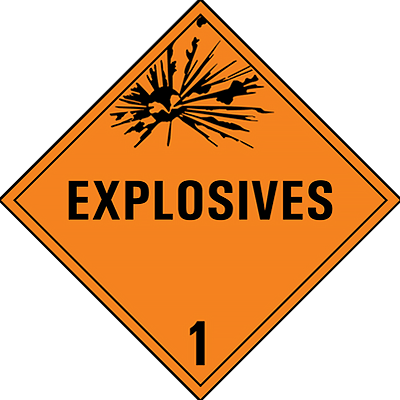
|
Classification 1 - Explosives and material |
Explosives are classified as dangerous goods because they are capable of producing hazardous amounts of heat, light, sound, gas, or smoke. |
|
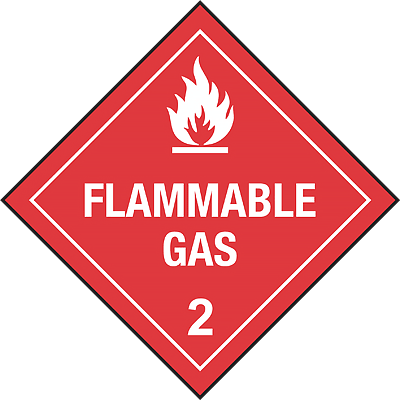
|
Classification 2.1 - Flammable gas |
The class of gases includes compressed gases, liquefied gases, dissolved gases, refrigerated liquefied gases, aerosols, and more. Gases are dangerous because they pose a serious risk as potential asphyxiants and because of their flammability. |
|
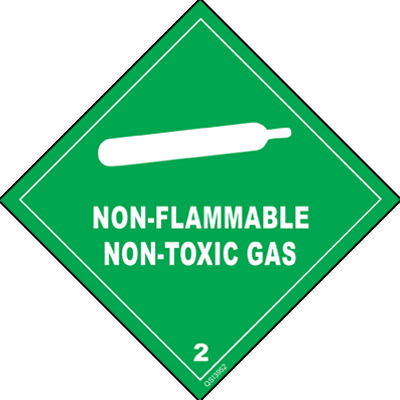
|
Classification 2.2 - Non-flammable harmless gas |
This kind of gas removes oxygen from atmosphere and having high pressure so it will become a harmful substance and material. For example: Nitrogen, carbon dioxide, oxygen, etc. |
|
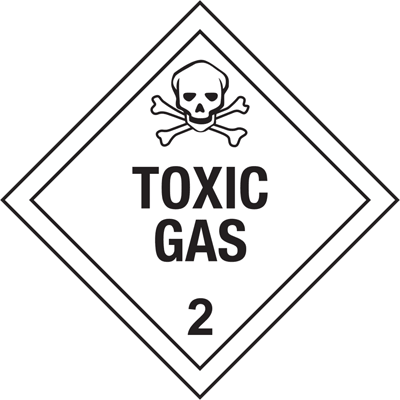
|
Classification 2.3 - Harmful gas |
This kind of gas included harmful gas which if inhaled could cause death. For example: Chlorine, ammonia, etc. |
|
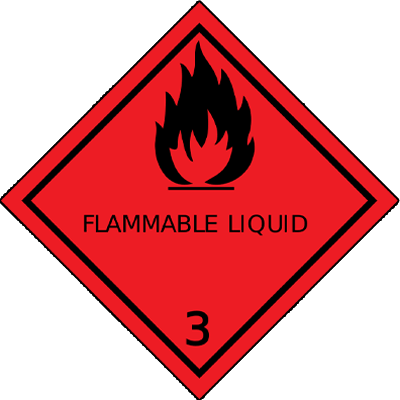
|
Classification 3 - Flammable liquid |
Flammable liquids are volatile and are capable of giving off a flammable vapour. |
|
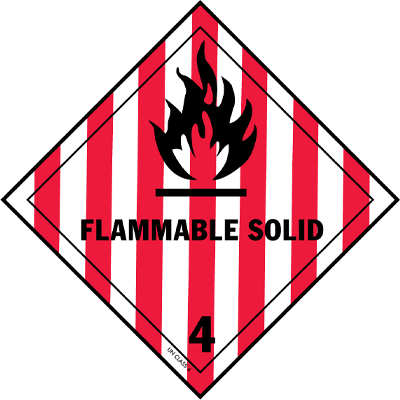
|
Classification 4.1 - Flammable solid substance, self-reacting substance, polymeric substance, sensitive solid explosives |
Flammable solids are highly combustible and can even cause fire through friction. They are certainly capable of inflicting serious damage. |
|
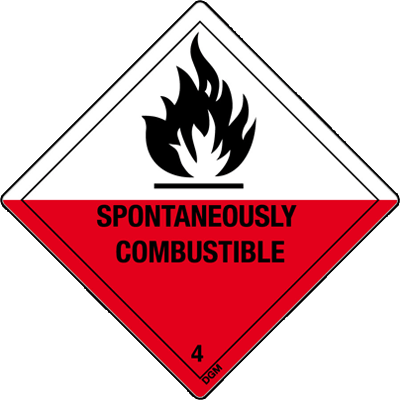
|
Classification 4.2 - Substance which could be burn by themselves independently |
Materials are possible to burn without influence of fire source and heat. For example: Aluminum alkyls, white phosphorus, etc. |
|
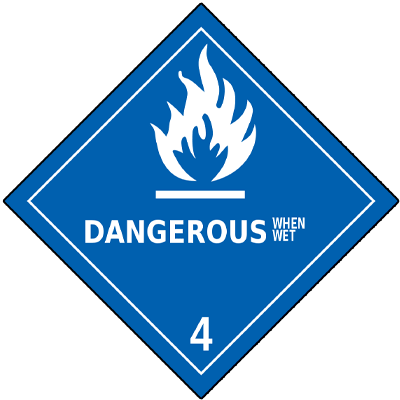
|
Classification 4.3 - Dangerous when wet |
Substances which, in contact with water, emit flammable gases |
|
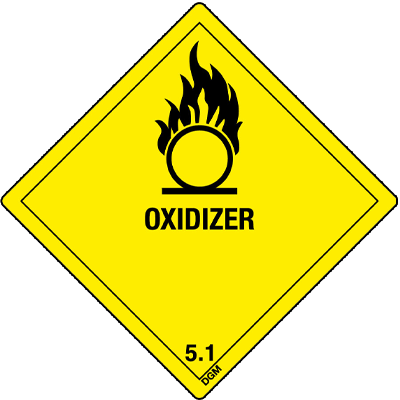
|
Classification 5.1 - Oxidizer substance |
Substances which can yield oxygen are classified as dangerous goods because, although not necessarily combustible in themselves, they can contribute to the combustion of other hazardous substances. |
|
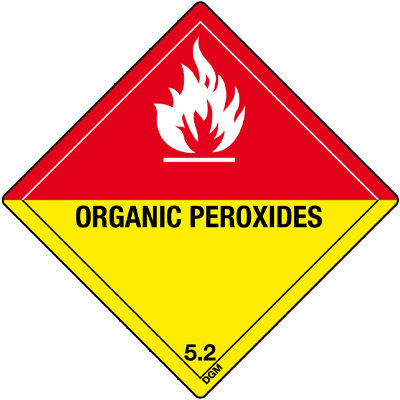
|
Classification 5.2 - Organic peroxide |
Organic peroxide is a variable substance and component which can speed up and degrade in exoderm. These materials are variable and should be kept in a refrigerator. For example: methyl, ethyl, acetate peroxide, etc. |
|
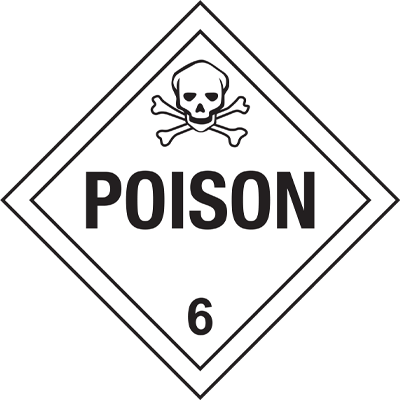
|
Classification 6.1 - Toxin |
Toxic substances are classified for being able to cause serious injury or death to humans if swallowed, inhaled, or by contact with skin. |
|
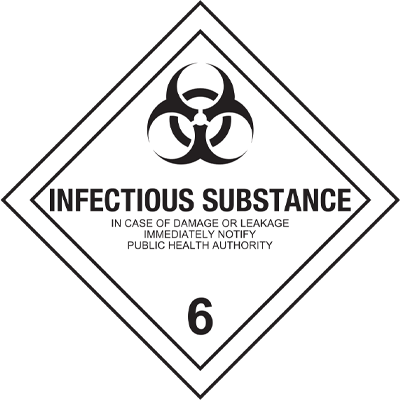
|
Classification 6.2 - Infective substance |
Infectious substances are classified for containing pathogens, including bacteria, viruses, parasites, or other agents which can cause disease in humans or animals upon contact. |
|
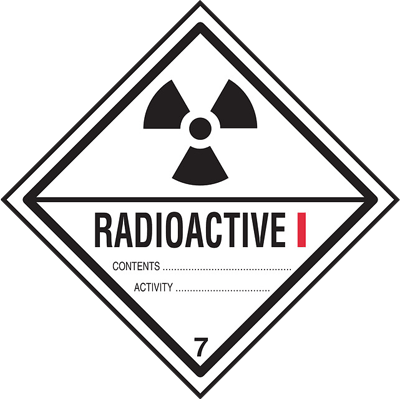
|
Classification 7 - Radioactive substance |
Radioactive materials are defined as any substance which contains atoms that are subject to radioactive decay. Consequently, whilst undergoing radioactive decay, radioactive material can emit potentially harmful ionizing radiation. |
|
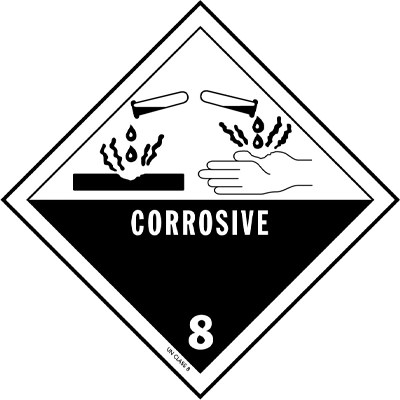
|
Classification 8 - Caustic |
Corrosive substances react chemically to damage or destroy material, like living tissue, upon contact. |
|
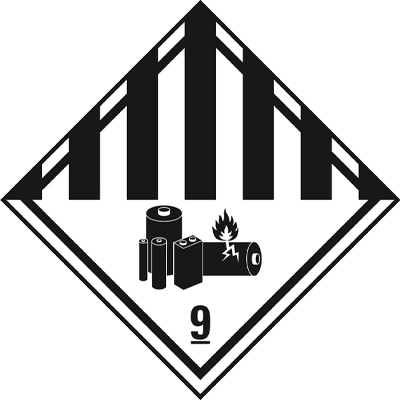
|
Classification 9 - Other harmful substance and material |
As the class name suggests, miscellaneous dangerous goods are substance which present a danger not covered by other classes. |














